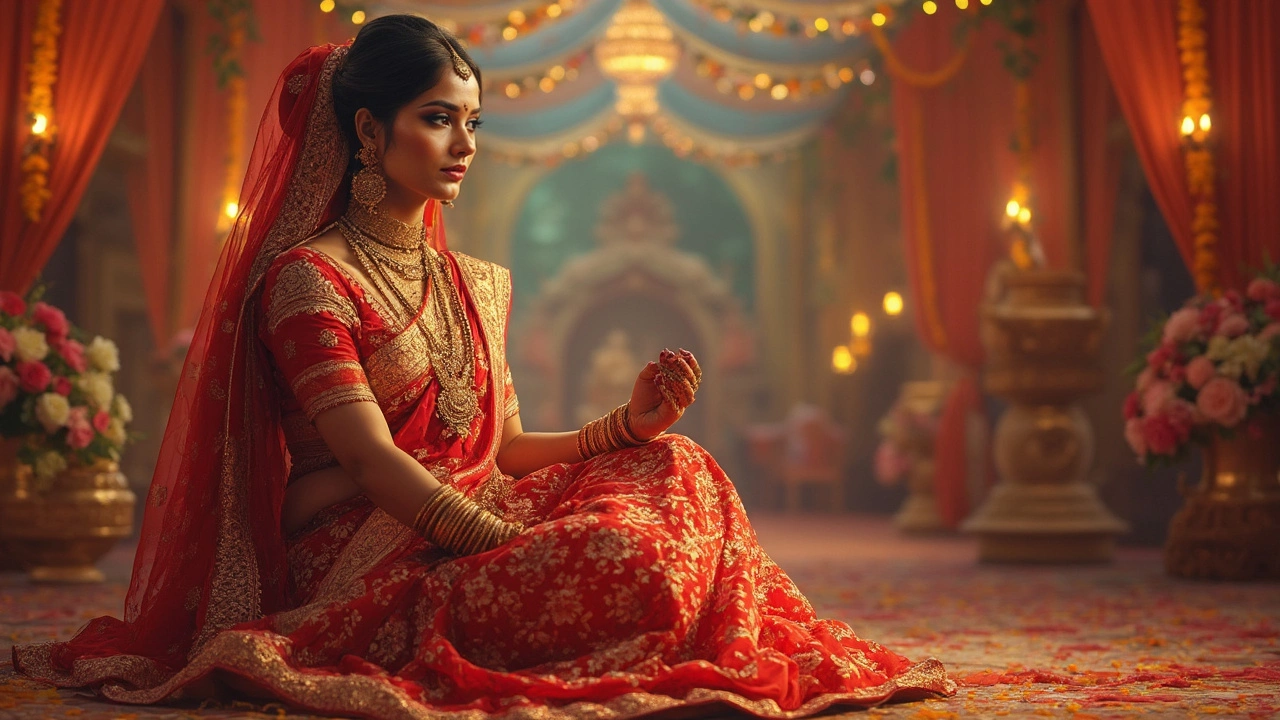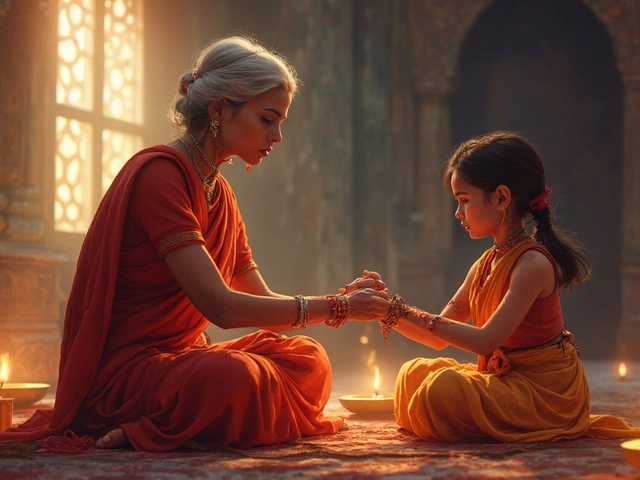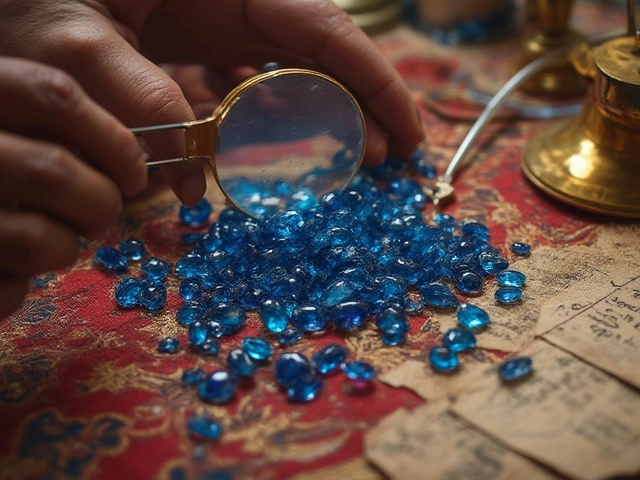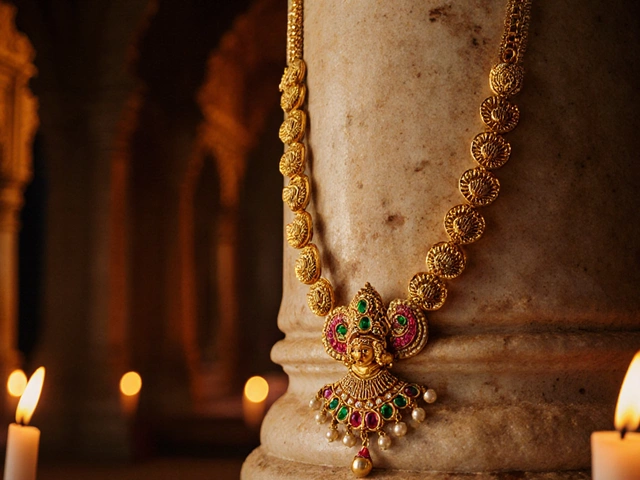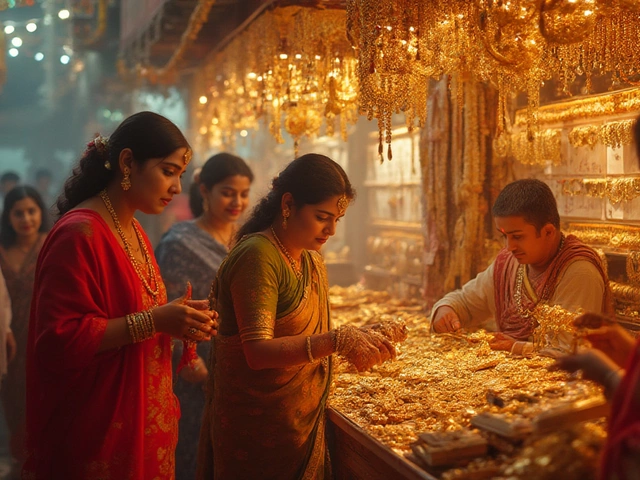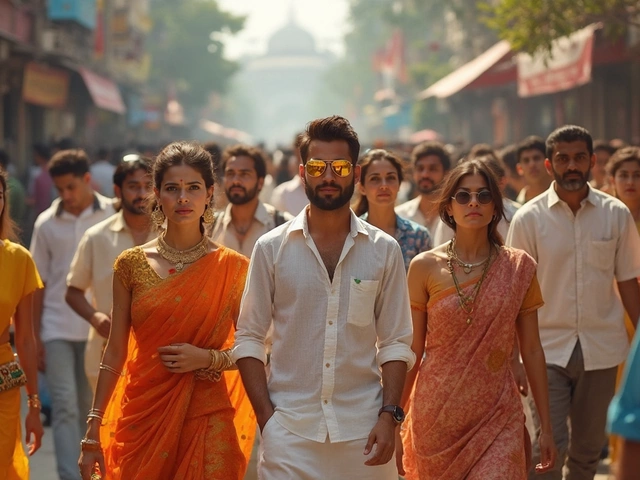Bengali Tradition – What Makes It So Unique?
When you hear “Bengali tradition,” images of colourful saris, intricate needlework and sparkling jewelry probably pop up. That’s because Bengal has a rich mix of art, fabric and rituals that have been passed down for generations. In this guide we’ll break down the most talked‑about elements – from Kantha quilts to the meaning behind black beads in a mangalsutra – so you can see why these customs still feel fresh today.
Kantha vs. Nakshi Kantha: The Stitch Stories
Kantha started as simple hand‑stitched quilts made by rural women to patch old clothes. Over time the stitches turned into decorative motifs – flowers, birds, even village scenes. Nakshi Kantha takes that a step further. “Nakshi” means “ornate”, and the designs are far more elaborate, often using contrasting threads to create bold patterns. Both styles celebrate everyday life, but Nakshi Kantha is usually the showpiece you’d find on a wedding altar or in a boutique display.
If you’re curious which one fits your home, think about the vibe you want. A plain Kantha adds a cozy, lived‑in feel, while a Nakshi piece becomes a conversation starter. You can even mix‑match: hang a simple Kantha on one wall and a colourful Nakshi on another for a balanced look.
Jewelry, Colors & Symbolic Details
Jewelry in Bengali tradition isn’t just an accessory; it tells a story. Black beads in a mangalsutra, for example, are believed to ward off negative energy and bring longevity to a marriage. Similarly, black bangles carry cultural meanings about protection and strength. Pair these pieces with gold‑toned outfits and you’ll see why gold remains the go‑to metal for celebrations.
Speaking of colors, the right shades can make your gold pop. Warm tones like maroon, deep green or rust complement gold beautifully, while cooler blues create a striking contrast. When you plan an outfit or a gift, think about the color pairing – it can turn a simple piece into a statement.
Beyond textiles and jewelry, Bengali tradition includes fabric choices that match the climate. Cotton and bamboo fabrics are favoured for summer festivals because they stay breathable, while silk and pashmina make the cut for winter rituals. Knowing which fabric works best for the season helps you stay comfortable without losing that elegant touch.
In short, Bengali tradition blends hand‑crafted art, meaningful jewelry and smart fabric picks into everyday life. Whether you’re buying a Kantha quilt, picking a mangalsutra, or just curious about the colours that work with gold, there’s a piece of Bengal waiting for you. Dive in, explore the textures, and let the stories woven into each stitch inspire your own style.
Why Bengalis Wear Red and White Bangles
Red and white bangles are an integral part of Bengali culture, especially during weddings and auspicious occasions. These bangles, known as 'Shakha Pola,' are not just fashion statements but carry deep cultural significance. Worn by married women, they symbolize marital status and prosperity. Their origins can be traced back to ancient traditions, reflecting the rich cultural history of Bengal. Understanding the meaning behind these bangles offers insight into the broader cultural practices of India.
